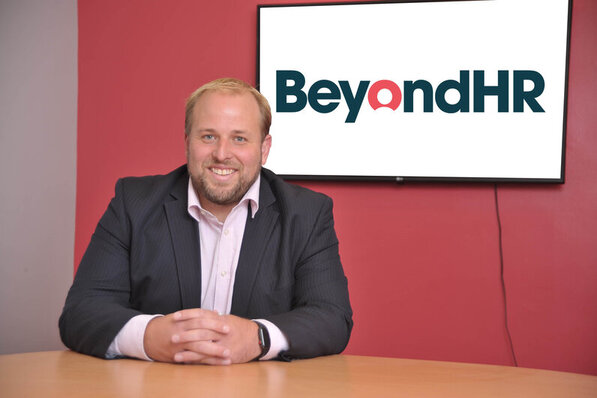The Great Reshuffle
Are you struggling to find talented and experienced candidates for job vacancies due to the great reshuffle? People changing careers has soared by 50% globally causing the biggest change in the recruitment market and skill shortages rising.
Unemployment rate has fallen to 4.3% following the pandemic leading to an employee-driven market. Employers need to consider improvements to their company culture, recruitment process and online employer branding.
Considerations to your online reviews from the customer and ex-employees contribute to your online employer branding. Candidates are more likely to research a company to gather an opinion. Candidates look at the company’s social media channels, online customer testimonials and some utilise Glassdoor helping to provide insights to company culture from employee reviews.
The top priority for candidates is work life balance, however the fastest growing priority was flexible working arrangements which grew by 12.3% from April 2020 to June 2021. Are you highlighting your flexibility within your job description? Candidates appreciate companies who are transparent within the job description, for example, including hybrid opportunities to including the salary range. Another transparency tip is to ensure the companies name is within job advertisement.
Companies being flexible to remote working is not providing a work-life balance culture. If employees are expected to work after office hours and weekends for ‘business needs’, this isn’t a work-life balance culture.
Recruitment Process during the great reshuffle
What is your recruitment process, are you carrying interviews out by video call or face-to-face, or both? Pre-pandemic 94% of final interviews were carried out face-to-face, post-pandemic this figure has dropped to 17%. Are you willing to adapt your interview process to be flexible if candidates ask for a video call interview?
Improvements to your interview process is critical, candidates who have a bad interview experience change their mind on the role. Things to consider is the number of interviews, interview questions, and highlighting the benefits of working with your business.
For new generations especially Gen-Z (1997-2012), having clear career progression within a company can be a pull to accepting a role. This is a great company benefit. Furthermore, focusing on an inclusive and diverse workforce is putting greater pressure on companies. To attract new generations, they must ensure their workforce highlights diversity and inclusivity.
Interview Questions
Interview questions can help the candidate to form opinions on the business, a report by LinkedIn highlighted 5 interview questions which could be adapted or removed:
- ‘We’re going to give you a quick test.’ – candidates should be made aware of test prior to interview and not come as a surprise.
- ‘What salary range are you looking for.’ – this question can cause pay inequality due to candidates basing this off pervious salary bases.
- ‘What would your last boss say about you’ or ‘what would your friends say about you.’ – realistically candidates are going to provide positive and encouraging answers.
- ‘Do you know what we do here.’ – this question can be stressful for candidates; it may be more beneficial to ask ‘What is it about our company that made you apply’
- ‘Why are you looking to leave your current employment.’ – this question gets candidates heart racing, trying to ensure they don’t come across negatively.
At Beyond HR, we can support your business in your recruitment process to ensure a positive experience for candidates. We can also help in providing advice for onboarding new employee whether its remote or in-office onboarding.
Check out our recruitment page or drop us an email for any recruitment needs you may require.


